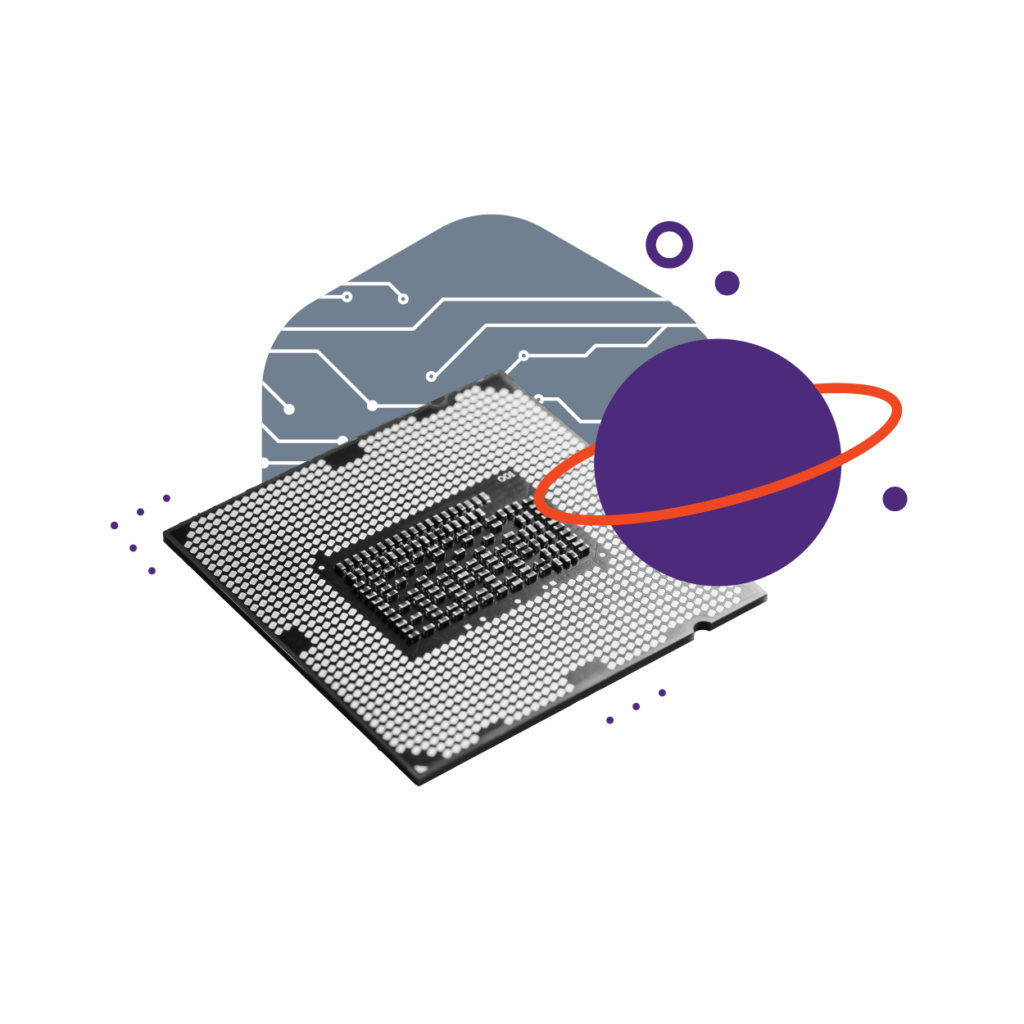Autonomous Vehicles & IoT

Congratulations to our researchers, Rafal Graczyk, Maxime Cordy and their teams, who have had their spin-off projects selected for funding in the JUMP Call of the Luxembourg National Research Fund (FNR).

In 2023 two acceleration programme projects from SnT were selected for funding in the JUMP Call of the Luxembourg National Research Fund (FNR). Lead by Rafal Graczyk and Maxime Cordy, the two teams continue to work towards becoming a new spin-off of SnT.
The two projects that were accepted in the FNR’s 2022-2 JUMP call are “Commercialization Of Sharcs Technology (SHARCS)” and “Secure Valuables Against Malicious Neural Networks (SVALINN)”. Both projects came out of the SnT’s acceleration programme. This is an in-house support programme for researchers who want to bring innovative deep-tech ideas to the market.
FNR JUMP funding aims to bridge the financial gap between research-driven discoveries and their commercialisation. To become a JUMP project, the researchers had to submit a proposal and present their concept to a panel at the FNR, made up of international experts from various technical fields. They had to demonstrate that they had made sufficient efforts to verify that their technology and research results meet market needs.
“Luxembourg is a home to a growing, vibrant landscape of start-ups. The FNR JUMP programme is an instrumental funding scheme that supports public research getting into the market and having an economic impact in Luxembourg and beyond,” said Jacek Plucinski, Technology Transfer Officer. “We are proud to have researchers at SnT who develop innovative technologies with a commercial opportunity that solve real-world problems.”
The SHARCS project, led by Rafal Graczyk and Marcus Völp, is an innovative hardware-software approach that would allow for normal, off-the-shelf microchips to be used in space missions and similarly harsh environments. They normally fail in such use cases because of the radiation found in space; they are very sensitive to high energy ionizing particles causing temporary and permanent damages, eventually making them unusable. Instead, robust components that are able to resist radiation are built specifically for space, and is what is used today. Yet this solution is expensive and the microchips deliver less performance.
As a solution, the SHARCS technology was developed by an SnT research team to make off-the-shelf, commercial systems tolerant to high radiation. The approach can be used to create a system architecture that can mitigate faults as they happen because of the radiation. At the same time, the system continues to function and deliver results, while being maintained in the background. In this way, high-performance, cost-efficient components are intended to resist radiation. This technology makes more capable, lower-cost satellites and probes possible.
The second project, SVALINN, is driven by Maxime Cordy and Salah Ghamizi. The aim of SVALINN is to provide security for digital assets such as images, audio, videos, text and tabular data. SVALINN protects digital assets from potential misuse – such as disclosure, manipulation, copyright infringement and the creation of fake content. Existing solutions like watermarking or digital signatures can be easily overcome, for example by asset tampering or forgery. Nor do they protect from artificial intelligence (AI) tools such as Deepfake algorithms that produce fake content.
SVALINN uses AI algorithms themselves to obfuscate, watermark and monitor digital assets. The technology prevents automated abuse, maintains authenticity, and monitors copyright infringement. SVALINN obfuscates digital assets, making them unusable for third-party AI systems. Furthermore, it uses invisible watermarks to prove authenticity and the absence of manipulation. These watermarks are used to monitor the web and send notifications when a leak or misuse of the watermarked digital asset is detected.
